Planet X / Nibiru: An analysis of Akkadian Seal VA/243
The Akkadian cylinder seal pictured above dates from the third millennium B.C. (it’s at least 4500 years old) and can be found at the State Museum in East Berlin catalogued under VA/243. It’s one of the most ancient cylinder seals that have been found. It shows the god Enlil granting the plow — the knowledge of agriculture — to humankind. Also interesting on this seal is what is said to be a depiction of our solar system in the top left. You can see eleven globes surrounding what appears to be the sun. Author Zecharia Sitchin spent a number of pages in his book “The 12th Planet” discussing and analyzing this depiction. Sitchin contends that this depiction shows our solar system with the various heavenly bodies in their relative sizes. We can see the 9 planets we know of today (assuming Pluto is also a planet), the moon (ancient civilizations also held our moon to be a planet), the sun and a 10th planet that we have yet to locate.
Critics disagree with Sitchin. Ancient language scholar Michael S. Heiser, for example, writes that the symbol looking like the sun in the middle isn’t the sun at all but a star. The globes surrounding it are also stars according to Heiser. He also says that there’s no evidence that points to the fact that the Sumerians knew about more than 5 planets in our solar system. 1
The obvious question that comes to mind is that if the objects depicted are all stars, then why is the one in the middle depicted differently with rays coming out of it? Not only that, but why are the globes surrounding it depicted in different sizes? Is that just by chance, or was it done on purpose to show the relative sizes of the planets like Sitchin argues in his book?
I decided to compare the relative sizes of the globes depicted on the cylinder seal with the sizes of the planets in our solar system to see if they matched. And it appears that they do and that they were indeed drawn to scale. Not only that, but based on this knowledge we can gain some insights about the 10th planet in our solar system, often referred to as Planet X (or according to Sitchin called “Nibiru” — an astronomical body mentioned in Mesopotamian texts).
I used two different images with the cylinder seal on them, just so I could compare the results between them and see if it was reasonably accurate. It’s very difficult to be precisely accurate with such small and blurry images. Not only that, but the globes on the seal themselves apparently are not perfectly round and don’t have precise and hard edges. I used the image of the seal at the beginning of this post, in addition to the image below featuring Sitchin.
First I decided to cut out the relevant piece of the cylinder seal and enlarged it. Then I overlaid the globes with circles that could more precisely be measured and numbered them. The circles I placed above the globes cover each globe starting with the highlight all the way to the shadow side. After doing that I ended up with the images below.
You can download an Adobe Photoshop .PSD file here with these images in layers, so you can switch the visibility of the circles I placed on or off.
After this I put the numbers of the globes in an Excel sheet and measured their width in pixels. I then ended up with the following two tables.
Next I decided to change the order of the globes in the tables based on their diameters. In the above image they are ordered based on the numbers I had given them. In the below image you can see that they are now ordered based on the size of their diameters, from smallest at the top to the largest at the bottom.
By ordering them this way, I expected to be able to match them to the planets in our solar system based on the order of their sizes. I then looked up the diameters of all the planets in our solar system, the sun and moon, and put them in another table, ordered by their diameters starting with the smallest on top and the largest at the bottom.
You’ll note that I also placed Planet X in the table with a diameter that’s estimated based on indications by astrophysicists who said that Planet X, when it is found, could be 4 times the size of Jupiter. 2
By placing all these tables next to each other, we can start to see which heavenly body corresponds to which number in Fig1 and Fig2 on each row. So for example, Pluto is probably body #1 in Fig1 and Fig2, the moon is body #11, and so on.
The names of the heavenly bodies can now be placed on the image as seen below.
Now to be able to compare their relative sizes more easily I calculated the log (base 10) of all the diameters and put them in a separate column. Logarithms make it easy to scale large values into smaller values for comparisons:
Logarithmic scales reduce wide-ranging quantities to smaller scopes. […] Logarithmic scales are useful for quantifying the relative change of a value as opposed to its absolute difference. […] Presentation of data on a logarithmic scale can be helpful when the data covers a large range of values. The use of the logarithms of the values rather than the actual values reduces a wide range to a more manageable size. […] Logarithms occur in definitions of the dimension of fractals. Fractals are geometric objects that are self-similar: small parts reproduce, at least roughly, the entire global structure.
So how do the log10 values of the diameters compare visually? If we put the log10 (S1) values of the diameters as they are in reality and the log10 (S2) values of the diameters from Fig1 in a stacked line chart in Excel, we get the following:
You can already see the relationship between the values in S1 and S2 in the above chart. There appears to be a relationship between the scales of the globes on the cylinder seal and the heavenly bodies in reality. I decided to put the S2 values on their own separate vertical axis on the right.
In the above chart the S2 values now have their own axis on the right, while the S1 values have the left axis. But as you can see, the range of these two vertical axis do not correspond to each other so it makes comparisons of relationships between the S1 and S2 values more difficult. So next I decided to match the range of both vertical axis. I did that by matching the beginning of each axis with the smallest value in the series, and the maximum value of each axis with the maximum value in the series. So the smallest value in the S1 series became the beginning value of the left axis, and the biggest value of the S1 series became the maximum value on the left axis. The same goes for the S2 series and its axis on the right.
After matching the range of values on the left and right axis with each other, I got the above chart, which shows an almost exact match in relationship between the diameter scales of the S1 and S2 series. Eventually I did the same for Fig2 and put the S1 and S3 series in a separate chart, which showed the same relationship.
All of this could have been done much simpler, without the extra steps of manually calculating the log10 values of the diameters, by simply basing the chart on the actual diameter values themselves while making the scales on both the vertical axis logarithmic (base 10). You end up with the same results as shown below.
You can download a Microsoft Excel file here which includes the above tables and the charts.
So the big question now is: Is this just coincidence?
Can it be just mere coincidence that the relative sizes of all of the 12 globes on cylinder seal VA/243 happen to closely match with the relative sizes of the heavenly bodies in our solar system on a logarithmic scale? Can it be just mere coincidence that the diameters of the globes on the cylinder seal happen to be chosen so perfectly relative to each other and to scale, to closely match the dimensions in reality? Or must we conclude that the artist who drew the globes most likely made a conscious decision to draw them in their relative sizes based on the knowledge he had? What are the odds that this could happen just by chance — that the artist just randomly placed 12 globes on the cylinder seal that just happen to be almost precisely to scale compared to our solar system?
If what I’ve shown above is correct, then it leads to the following conclusions:
- Zecharia Sitchin was right to point out that the globes on the cylinder seal VA/243 depict our solar system.
- Sitchin was wrong about which of the globes represented which planet, as described by him in his book The 12th Planet.
- Michael S. Heiser is wrong on this subject. The globes are indeed the planets in our solar system and the one in the center is the sun.
- Apparently the Sumerians knew about our complete solar system all the way back in the 3rd millennium B.C. Not only did they know how many planets there were, but they also knew their relative sizes (possibly even their exact sizes). And if Sitchin is correct they also knew details such as the colors and compositions of the planets.
- Apparently the Sumerians knew how to use some form of logarithmic scaling to be able to depict the planets in their relative sizes very close to accurate. Rather than linearly scaling the solar system down to a smaller size in the drawing — which would have made certain planets so small in relation to the sun they’d be hard to see — they did it logarithmically. A clever solution. It’s a smaller fractal representation of the whole. And we do in fact live in a fractal universe after all, as the ancients were well aware of.
- Apparently the Sumerians thought that Pluto is indeed a planet. If it’s not Pluto then it has to be a heavenly body the size of Pluto that they found significant enough to include.
- It’s not clear to me why the artist chose the positions he did for all the planets. If the relative sizes were done on purpose, it’s likely that the positions were also chosen on purpose.
- The question that needs to be asked is how could they know all of this? If they didn’t develop all of this knowledge themselves, where did they get it from? Could they really have gotten it from the Anunnaki “gods” like they claim in their writings? (The Anunnaki “gods” are an ancient race of advanced beings who came from the heavens to Earth and eventually created humankind through genetic engineering according to the Sumerians). Even on seal VA/243 we can see the Anunnaki god Enlil granting the knowledge of agriculture to humans. In the same way they could have gotten other knowledge as well, including that of our solar system.
- If the Sumerian depiction of our solar system is accurate, then what else is? Could it be that everything they wrote about is accurate and based on (scientific and historical) fact? Certainly Sitchin, who spent most of his life researching this, thought so.
- It appears that it’s highly likely that Planet X (or Nibiru) exists and that astrophysicists John Matese and Daniel Whitmire could be proven correct with regard to the estimated size of the planet. As can be seen in the charts above, the relative estimated size in reality of Planet X comes very close to the scaled version from the cylinder seal.
As a writer from the Huffington Post rightfully asks: If we’ve missed a planet in our own solar system for this long, what else are we missing?
Perhaps it’s time that we start paying more attention to all these ancient writings in order to see what we can learn from them. Scientists, in all their arrogance, have continued to downplay the significance of these ancient writings, often dismissing them as “myths.” But as others, such as Sitchin, have pointed out, the ancients didn’t waste so much of their time writing hundreds of clay tablets and making cylinder seals just to write down fantasy stories. They were recording history and preserving knowledge for future generations.
We like to think that we’re the height of human civilization; that we know it all and that ancient civilizations were primitive and believed in made up gods. But a lot of the knowledge and technology we think is new today is just being rediscovered and reinvented. This fact will continue to become more apparent in the future. Meanwhile, if you’re a smart scientist, and especially if you are in the field of genetics, you’ll want to study the Sumerian writings for any clues you can find.
Updates
Update 7/1/2013
It appears that one of the most brilliant scientists in our history, Sir Isaac Newton, also thought that ancient civilizations knew a lot more about our solar system than we do. During his private research, Newton went back to as many classical sources (Greek, Roman, Egyptian, Babylonian, Chaldean etc.) as he could possibly find. He found out that these ancient people already knew a lot of what we consider to be relatively new discoveries today. For example, Newton alleged that those ancient cultures had always known that the Earth travelled around the sun and that they understood the invisible force that shaped the universe. He believed that they all shared one scientific religion at first until “the nations corrupted it.” For more details, see the BBC documentary “Isaac Newton: The Last Magician.” You should be able to find it on YouTube.
Update 28/1/2014
I recently published a post on Exponential Growth in the Fractal Universe where I also discuss seal VA/243.
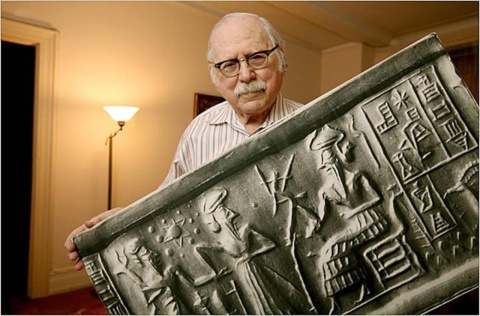
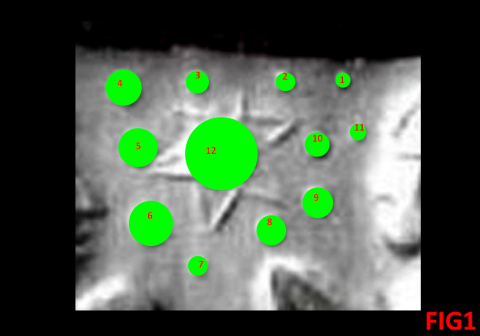
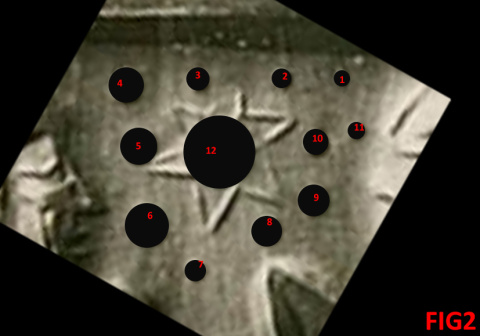
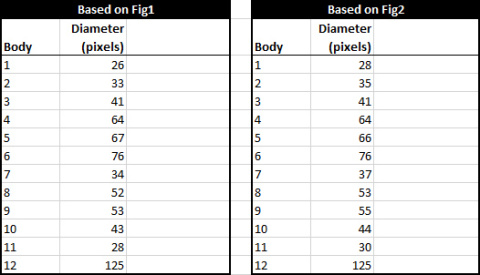
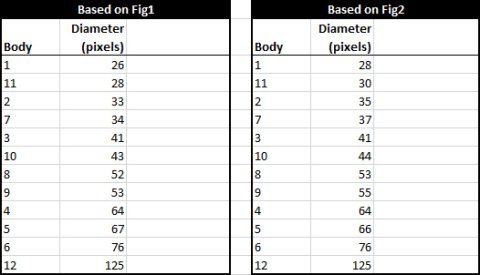
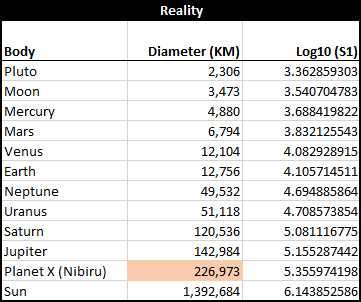

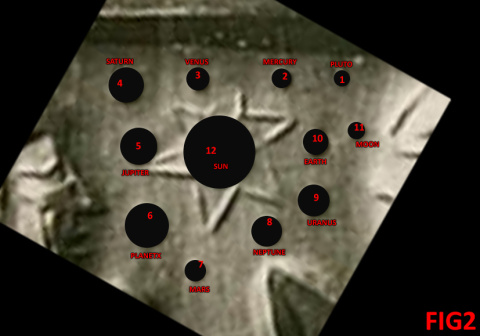
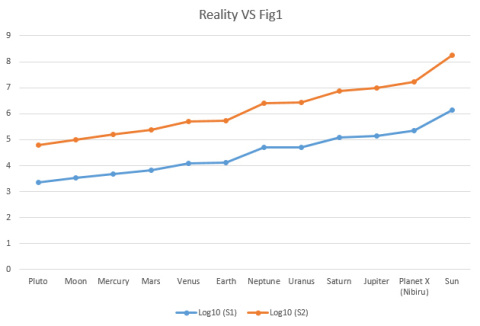
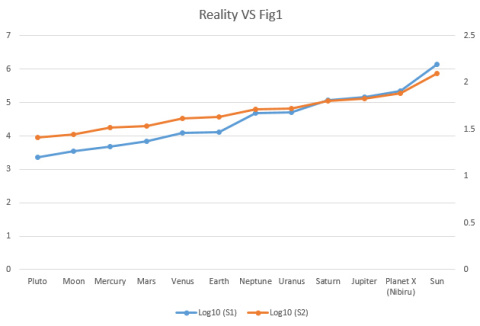
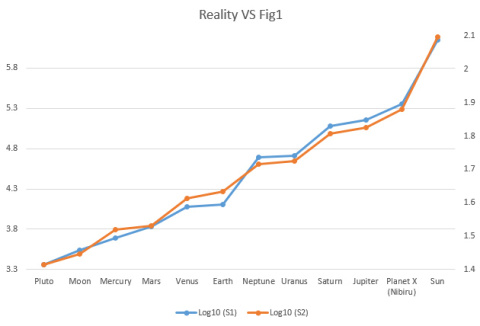
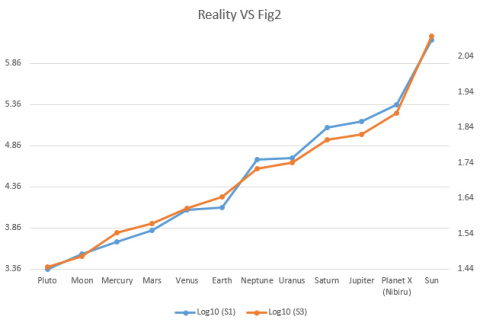
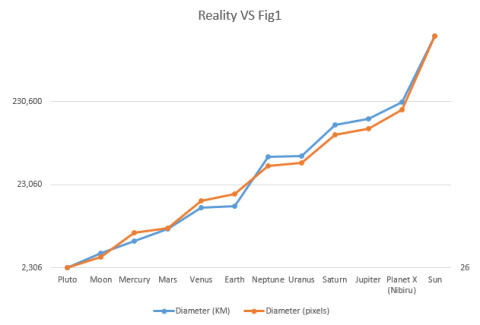

Comments
There are 31 responses. Follow any responses to this post through its comments RSS feed. You can leave a response, or trackback from your own site.